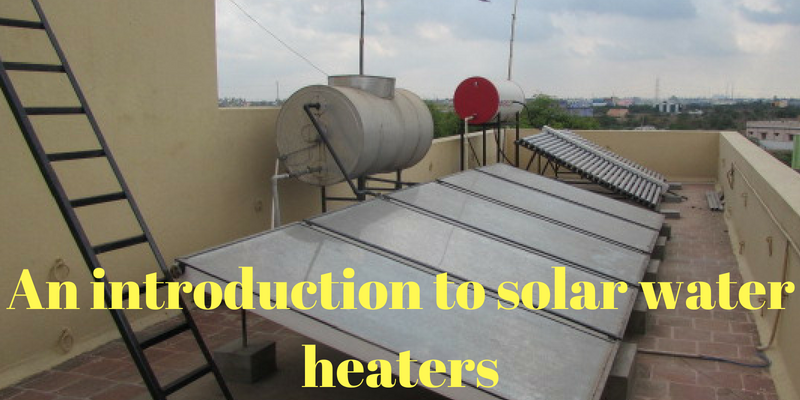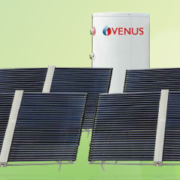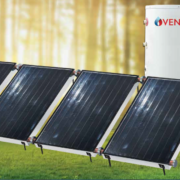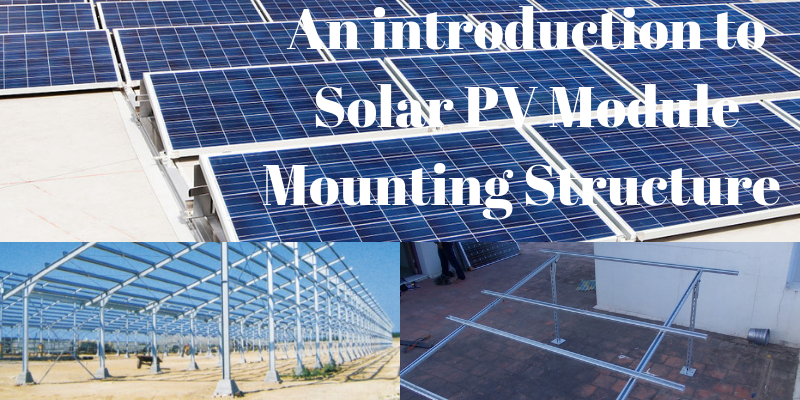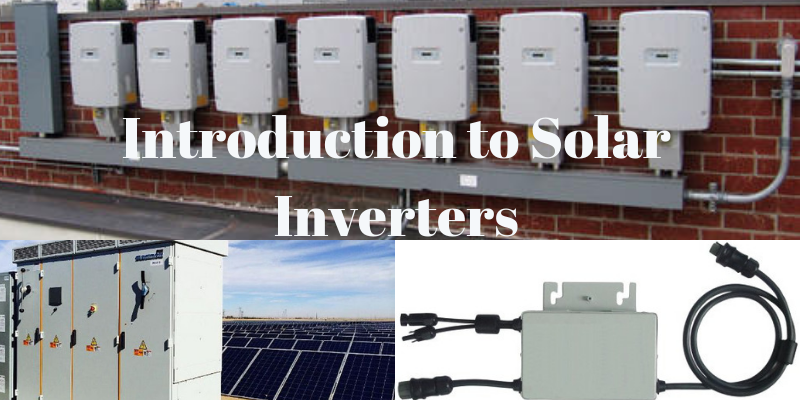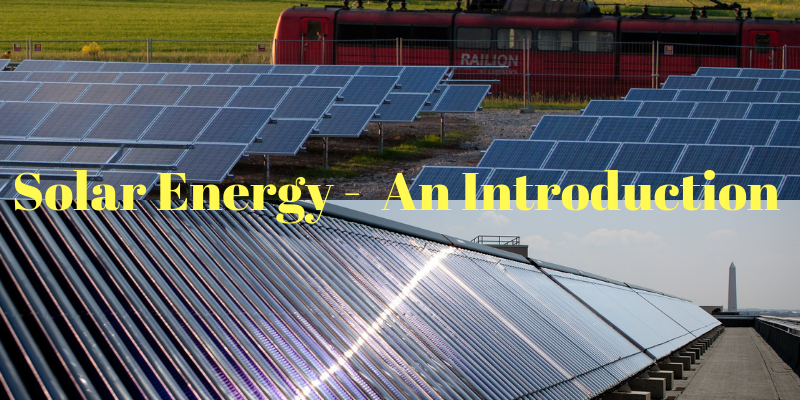Solar Water Heaters – An introduction
Solar Water Heaters as the name suggests are used to heat water through solar energy. The solar water heater taps the sun’s heat and uses it to heat the water.
Working Principle
Solar water heaters works on the principle of thermosiphon. Cold water usually have higher density and stays at the bottom of any container. When the water is heated, the temperature rises and the density becomes lesser. As the density becomes lesser, the hot water moves to the top of the container. This is the principle of thermosiphon. The image below will be able to explain in a simpler and easier way.

Components of Solar Water Heater
The solar water heater has two basic components. They are collectors and storage tank.
Storage Tank
The water is stored in the storage tank. The collectors are placed below the storage tank. Due to gravity, the water flows from the storage tank to collectors. The water in the collector gets heated due to the sun’s heat. Due to the principle of thermosiphon, the hot water moves back to storage tank and remains at the top. The storage tank is insulated and can keep the temperature for at least 48 hours. This ensures that the water remains hot for two days even if there is no adequate temperature to heat the water. The storage tank has two layers, inner tank and outer tank. A layer of PUF insulation is sandwiched between the two layers to decrease the heat loss. The inner tank is usually made of SS 306 grade. Of late superior corrosion resistant epoxy tanks are being used. The outer tank is made of SS 316 grade steel or powder coating. The storage tank is placed on a powder coated MS stand which is sturdy and rust resistant.
Collectors
Collectors are used to collect the sun’s heat and in turn heat the cold water. There are two types of collectors, namely 1. Flat Plate Collector and 2. Evacuated Tube Collector
Flat Plate Collector
The solar flat plate collector has a glass layer at the top followed by copper fins, which are placed above the water flowing tubes.

Read: How to choose the right solar water heater capacity
Evacuated Tube Collector
The evacuated tube collectors are also known as vacuum tube collectors. These collectors are popular of late. Two layers of glass with vacuum in between them are joined together. In lower capacities (below 500 LPD), the collectors are connected to directly to the tank.


Difference between Flate Plate Collector and EvacuatedTube Collector
| Evacuated Tube Collector | Flat Plate Collector |
|---|---|
| Heat generation is rapid | Heat generation is relatively slow |
| Negligible heat loss | Relatively more heat loss |
| Easy cleaning and maintenance | Removing of scales is quite complicated |
| Produces hot water even in cold climate | More the outside temperature, better is the perfromance |
| Output temperature ranges between 60 to 95 degree Celsius | Output temperature ranges between 60 to 80 degree Celsius |
| Not readily suitable for pressurized models. However can be made suitable with an inbuilt heat exchanger | Suitable for pressurized models |
Placement of Solar Water Heater
The solar water heater should be typilcally placed at a open terrace facing the south. The bottom of the cold water tank, used to supply water to the entire building should be at least 6 feet above the top the solar water heater. This is to make sure that the cold water comes in to the solar water heater without any obstacle.
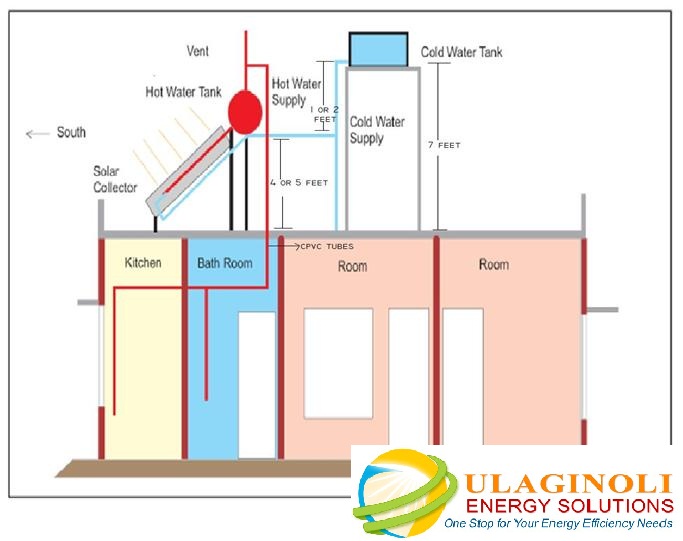
Types of Solar Water Heater
The solar water heaters are either non pressurized or pressurized.
Non Pressurized Solar Water Heater
In the non pressurized solar water heater, usually evacuated tube collectors are used. Here the input water flow is from the cold water storage tank. The bottom of the cold water tank, used to supply water to the entire building should be at least 6 feet above the top the solar water heater.
Pressurized Solar Water Heater
In the pressurized model, usually flat plate collectors are used. Here the input water flow can be from a pressure pump. The height at which the cold water tank is placed do not matter as pressure pump is used to send the cold water to the solar water heater.

